Attack of the Big Box Bulbs
Well, I Attacked Them.
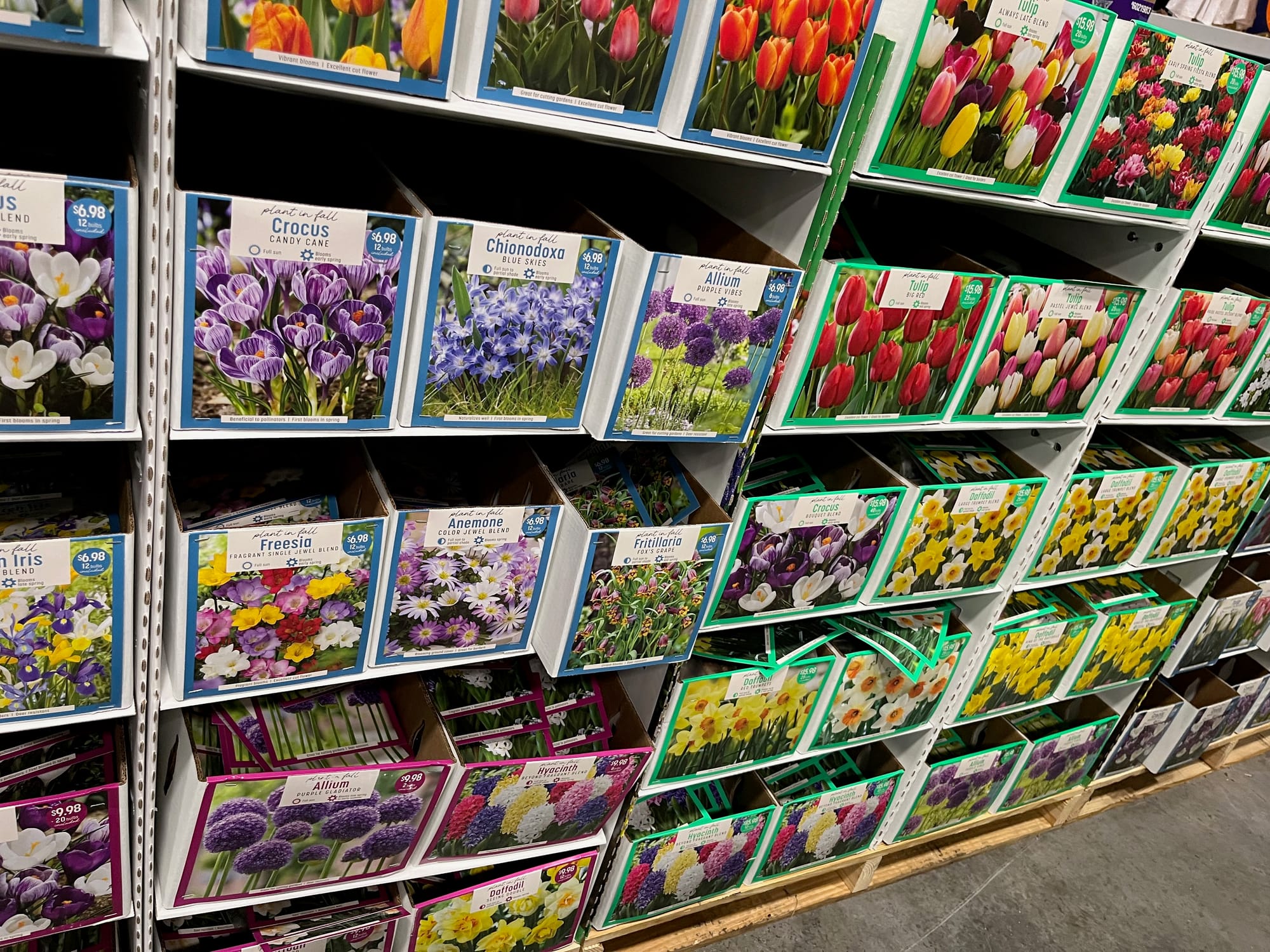
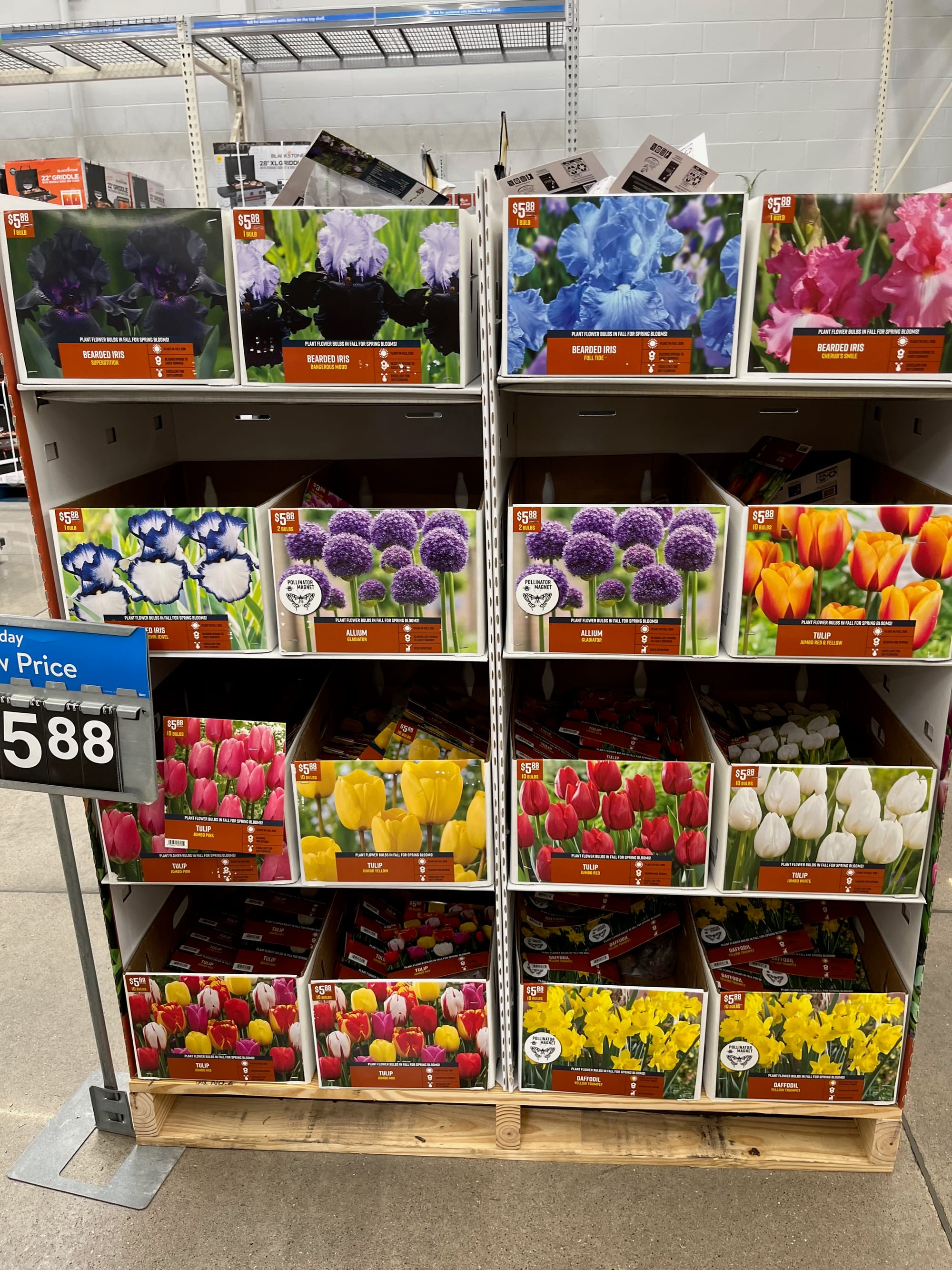
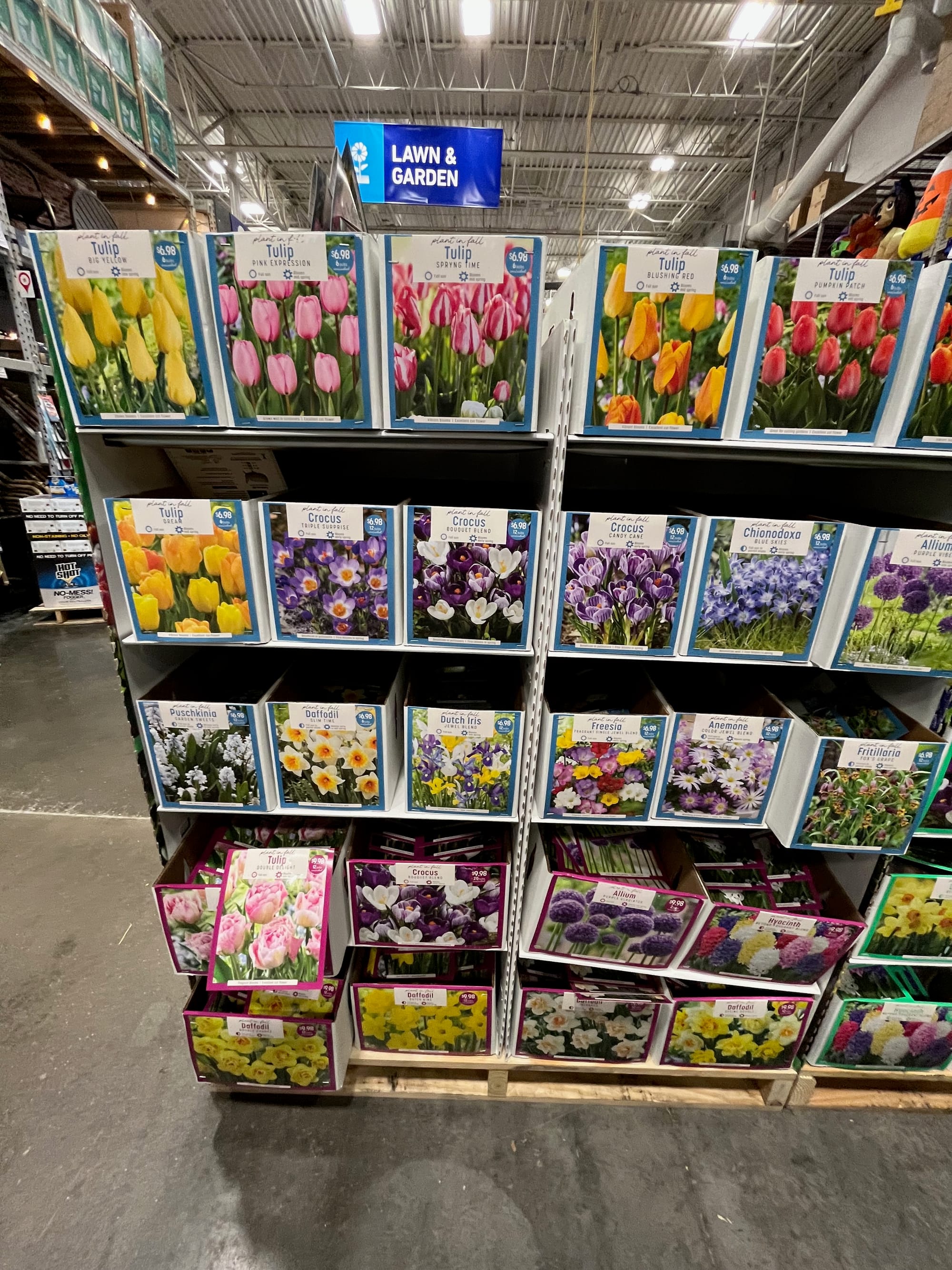
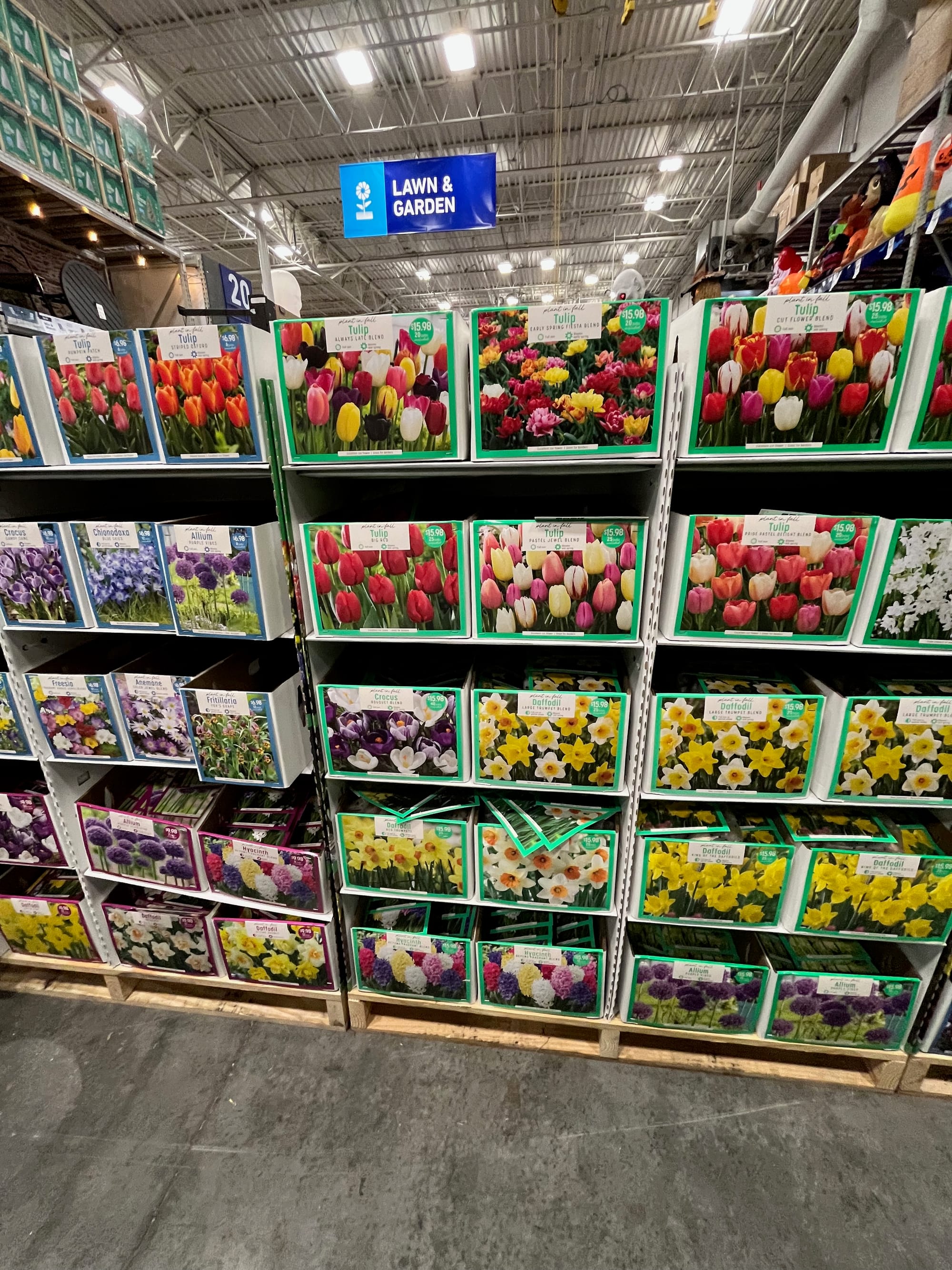
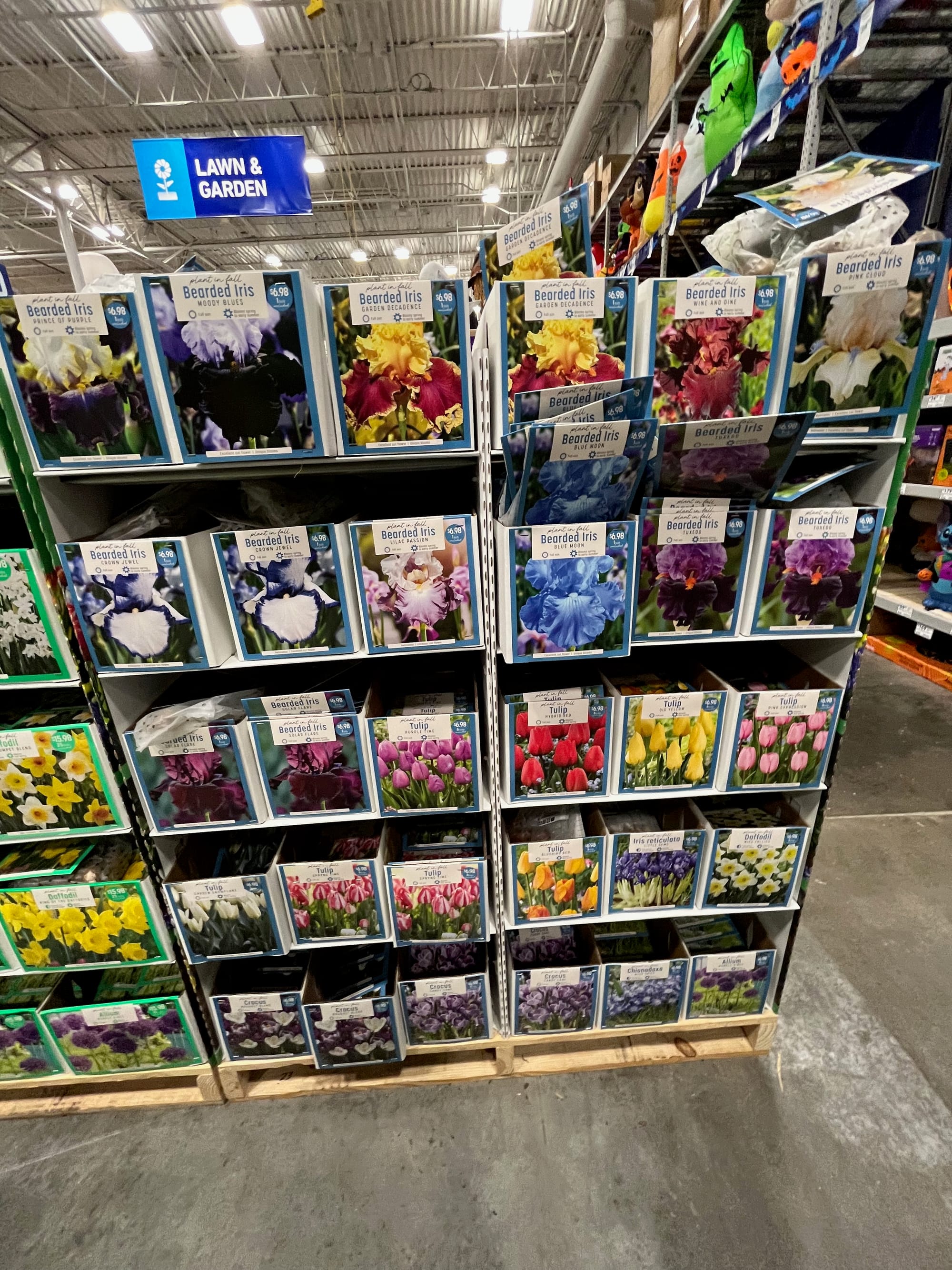
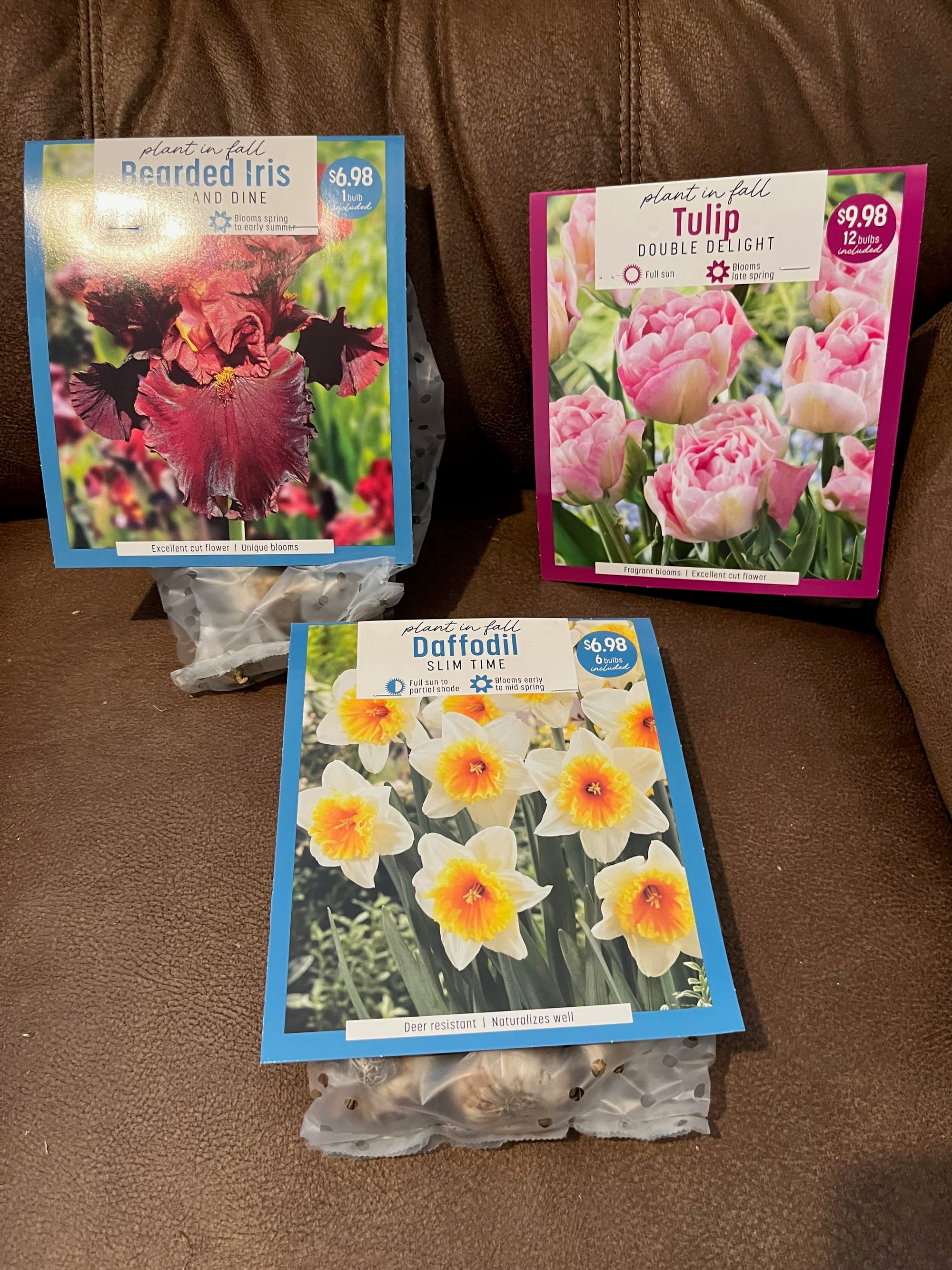
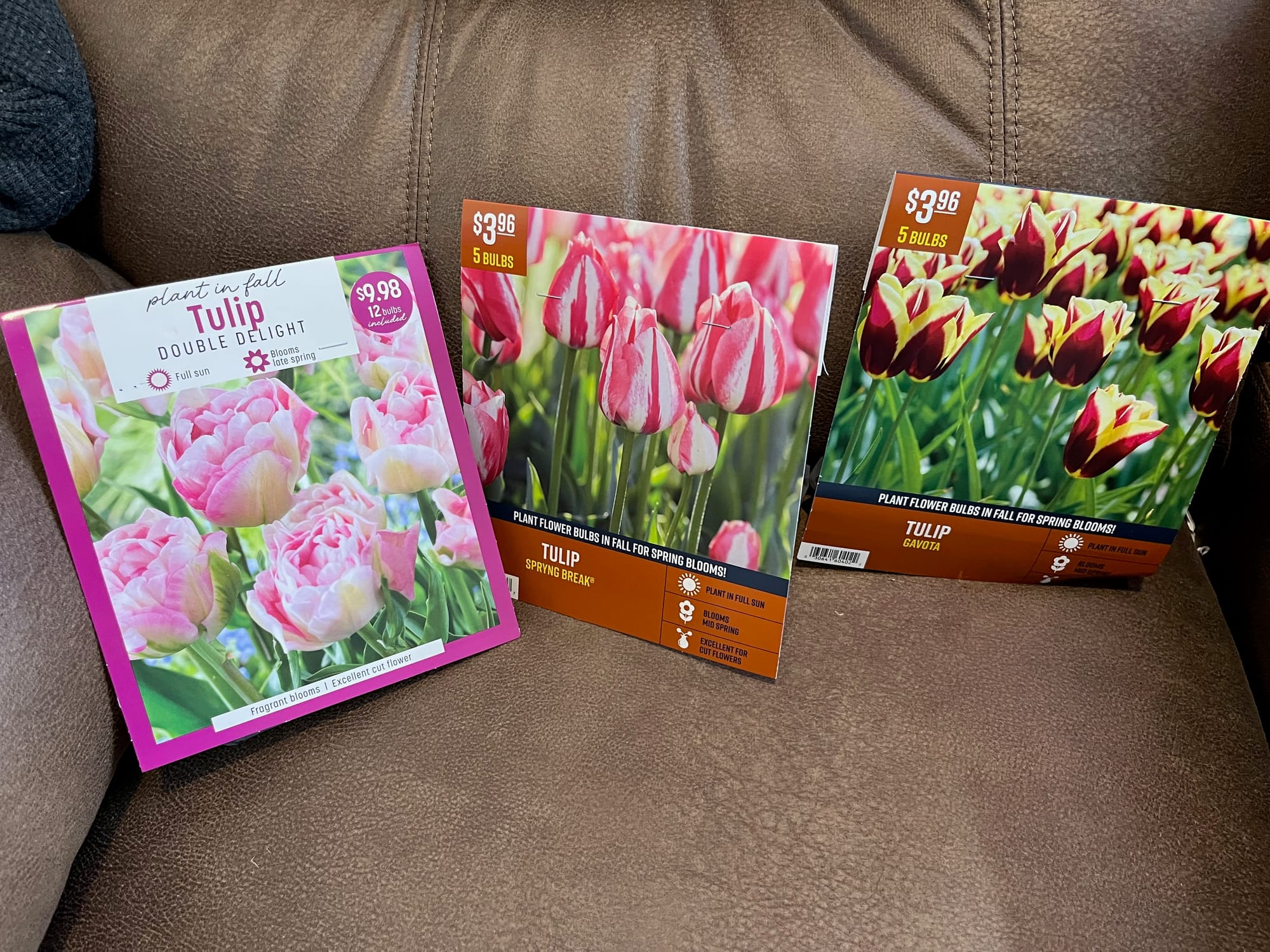
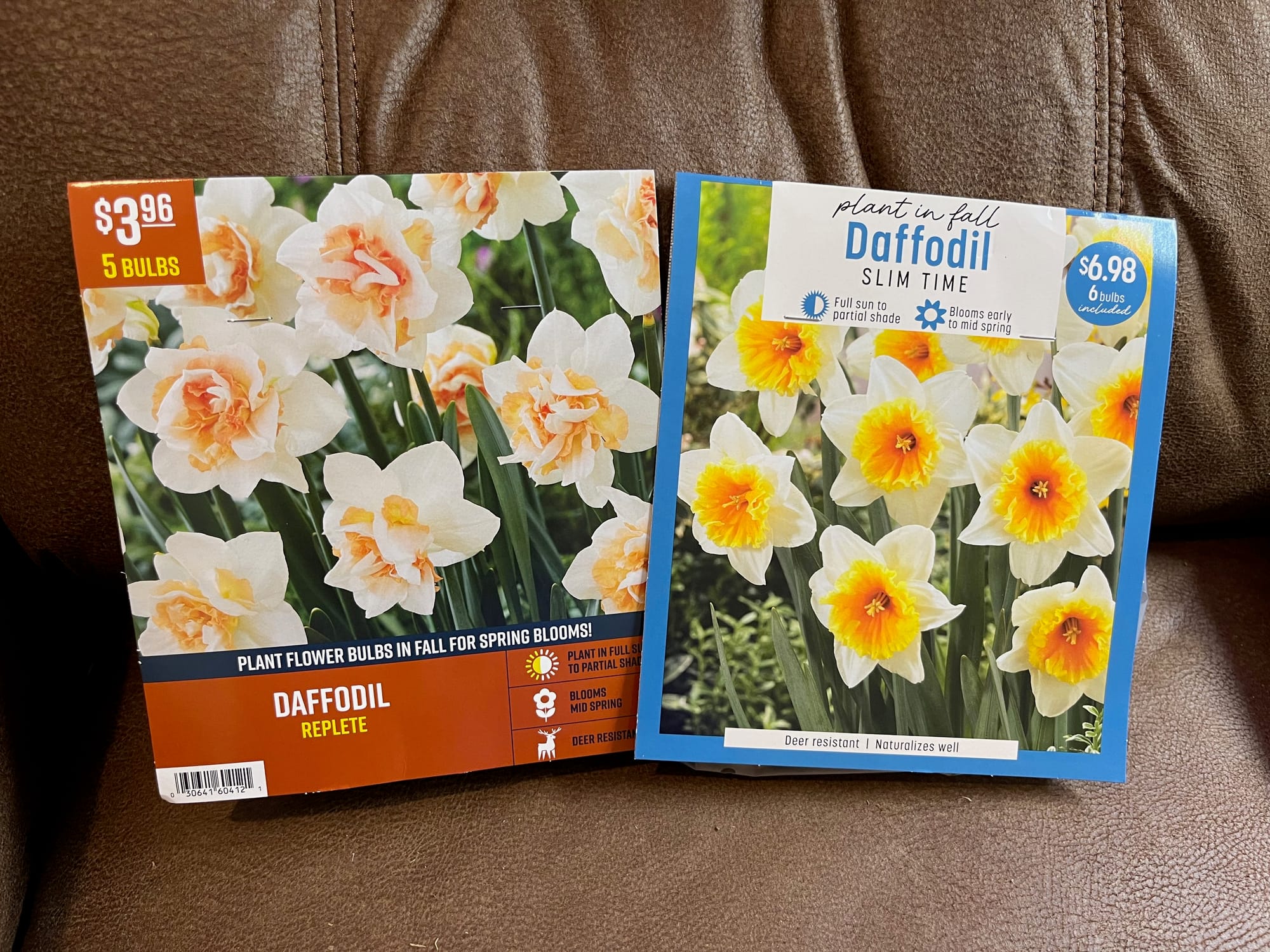
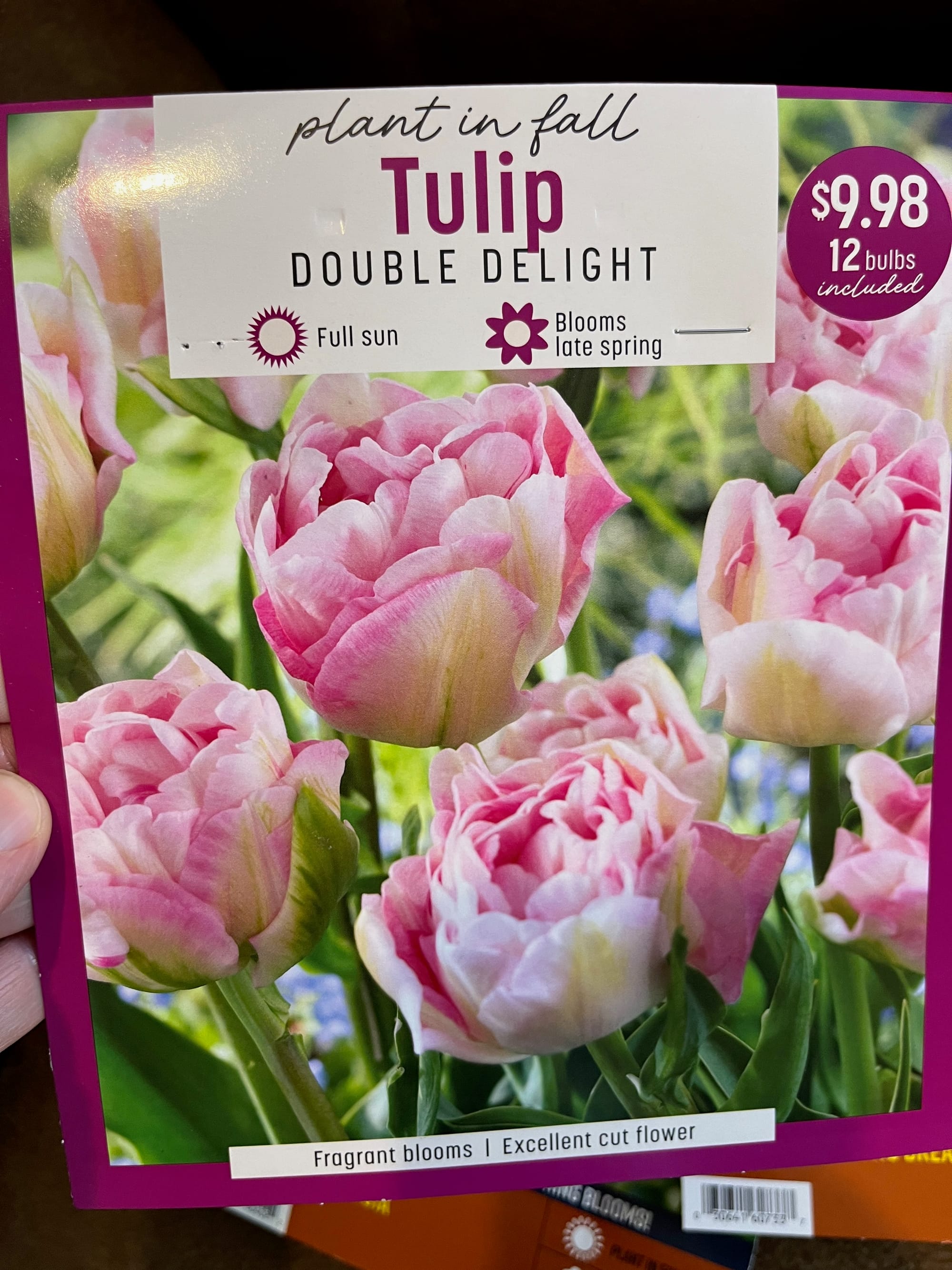
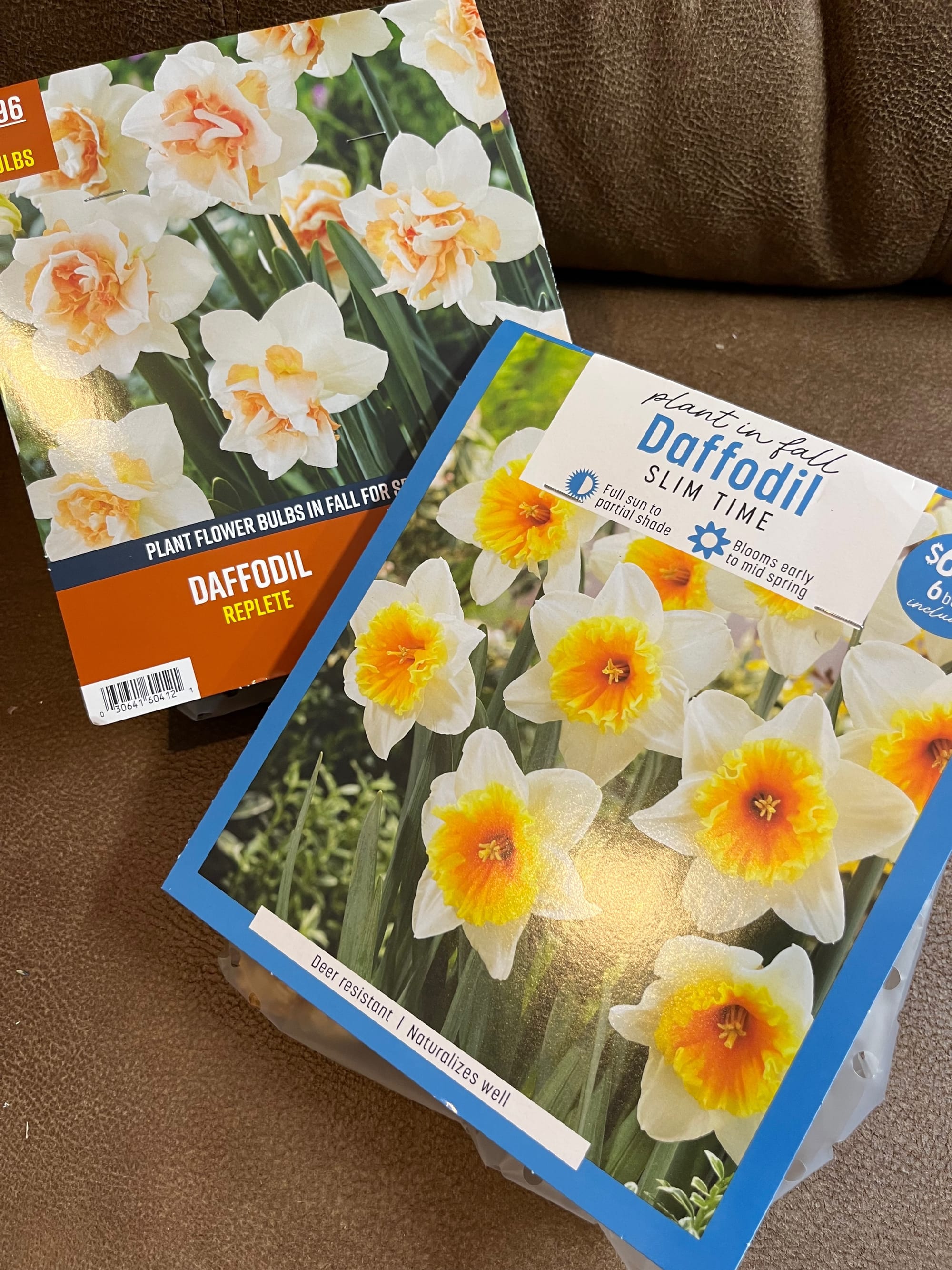
Extending the Bloom Season: Why I Started Buying Fall Bulbs Locally
After moving to the Midwest, I discovered a major gap in my garden’s bloom timeline. Most of the flowers I grow and hybridize, such as daylilies, zinnias, dahlias, and heirloom mums, don’t start blooming until late June or July. That leaves a long stretch from November through early summer with very little color. To fix that and stretch the season, I decided to plant early-flowering bulbs this fall.
Choosing Early-Season Blooms
To start the flowering season, I planted blue and white striped crocus. They aren’t my favorite flowers, but I chose the variety with the largest blooms to make an impact. I also picked up a mix of tulips, from singles to doubles and several interesting color blends. For daffodils, I chose a range of showy, double and unusual types.
I added a few bearded irises that might be useful for hybridizing with the ones I planted earlier in the season. For something different, I bought orange and yellow fritillaria, which I’ve never grown before but have always wanted to try. I also planted one bag of alliums to see how they would perform, since I rarely see them in local gardens.
Why Buying Bulbs Locally Makes Sense
Most of the plants I normally grow are very specific varieties that I either hybridized myself or ordered directly from growers. But for this project, I wanted reliable and affordable flowers in large quantities, not particularly rare collector plants. (Though some of these might end up looking that way.) That made shopping locally at Home Depot, Lowe’s, Menard’s, Ace Hardware and Walmart a good choice.
Locally, you can find bulk bags of 8 to 22 bulbs for about $8 to $20. Online, the same bulbs might cost $20 or more per bag plus shipping. Three bags of bulbs from local stores might total $20, while ordering them online could easily reach $60 or a lot more. That kind of savings means I can buy enough bulbs to plant in larger masses for big visual impact instead of just smaller pops of color.
Quality and Inspection
Big-box stores usually carry hardy, proven bulb varieties that perform well in a wide range of climates. They multiply easily and appeal to most gardeners. Specialty bulbs online might look more unique, but they can be more delicate or potentially less hardy.
Buying locally also lets you inspect bulbs before you pay for them. (No surprises in the mail!) Choose bulbs that are firm, heavy for their size, and free of mold or soft spots. When I shopped this year, many iris rhizomes were completely dried out. At one point I sorted through an entire box to find just one acceptable one.
I also tried ordering bulbs online from Menard’s and picked them up in-store (they are about an hour away by car) but the bags had been sitting in a warm pickup area in the back for a few days during a heatwave before I got there. Several of them were rotted, which I didn't even think to check for. A quick in-person inspection would have saved me a lot of trouble. The company refunded my money, but I was disappointed I lost all those bulbs.
When to Shop
Fall bulbs usually appear in stores around mid-September and remain available for only a few weeks. They often sell out fast, especially the more popular varieties. It’s worth checking both in-store and online so you know exactly when they arrive. Buy as soon as possible to get the freshest bulbs and plant them before the ground freezes. Before your neighbors get all the good ones!
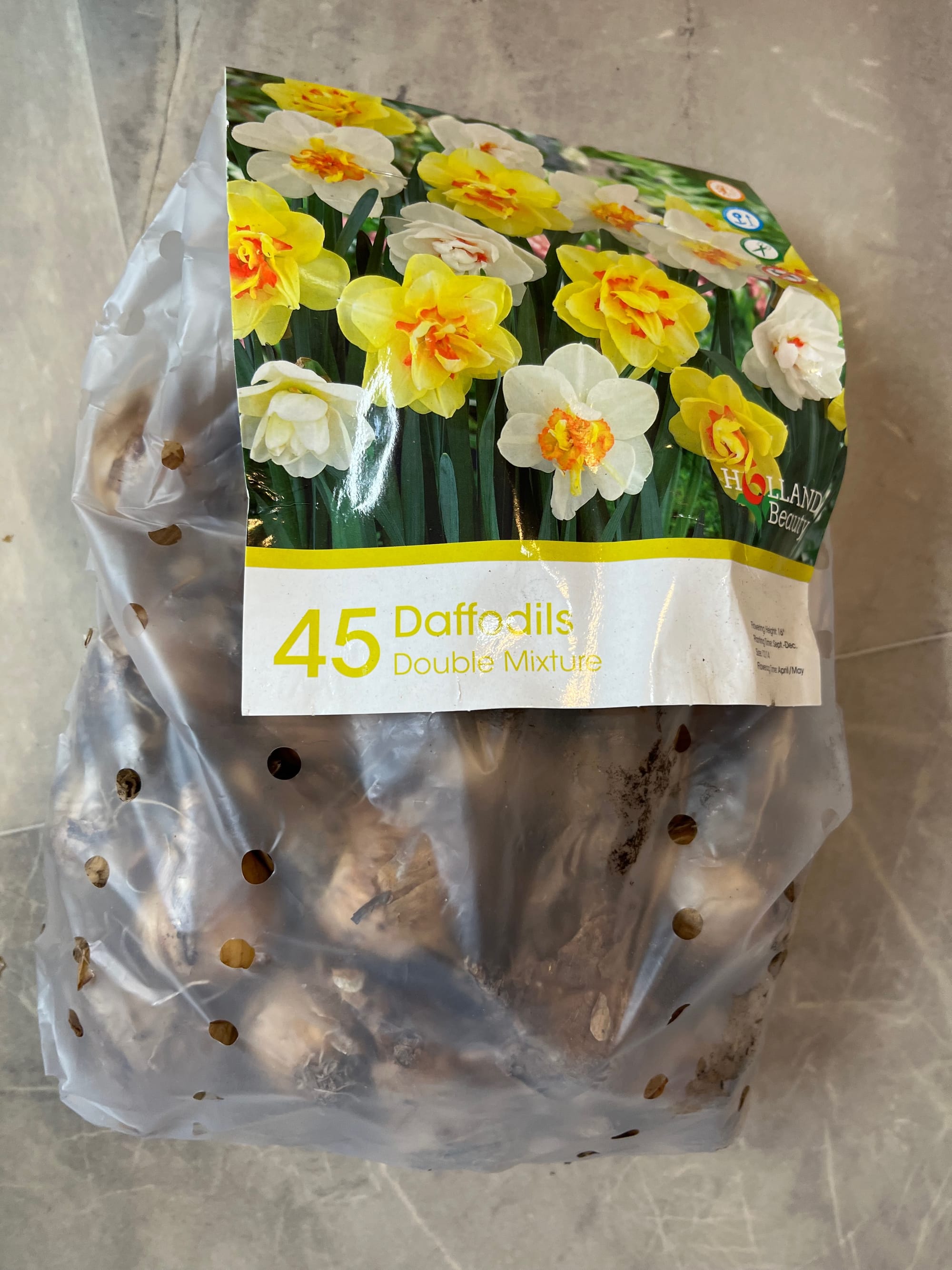
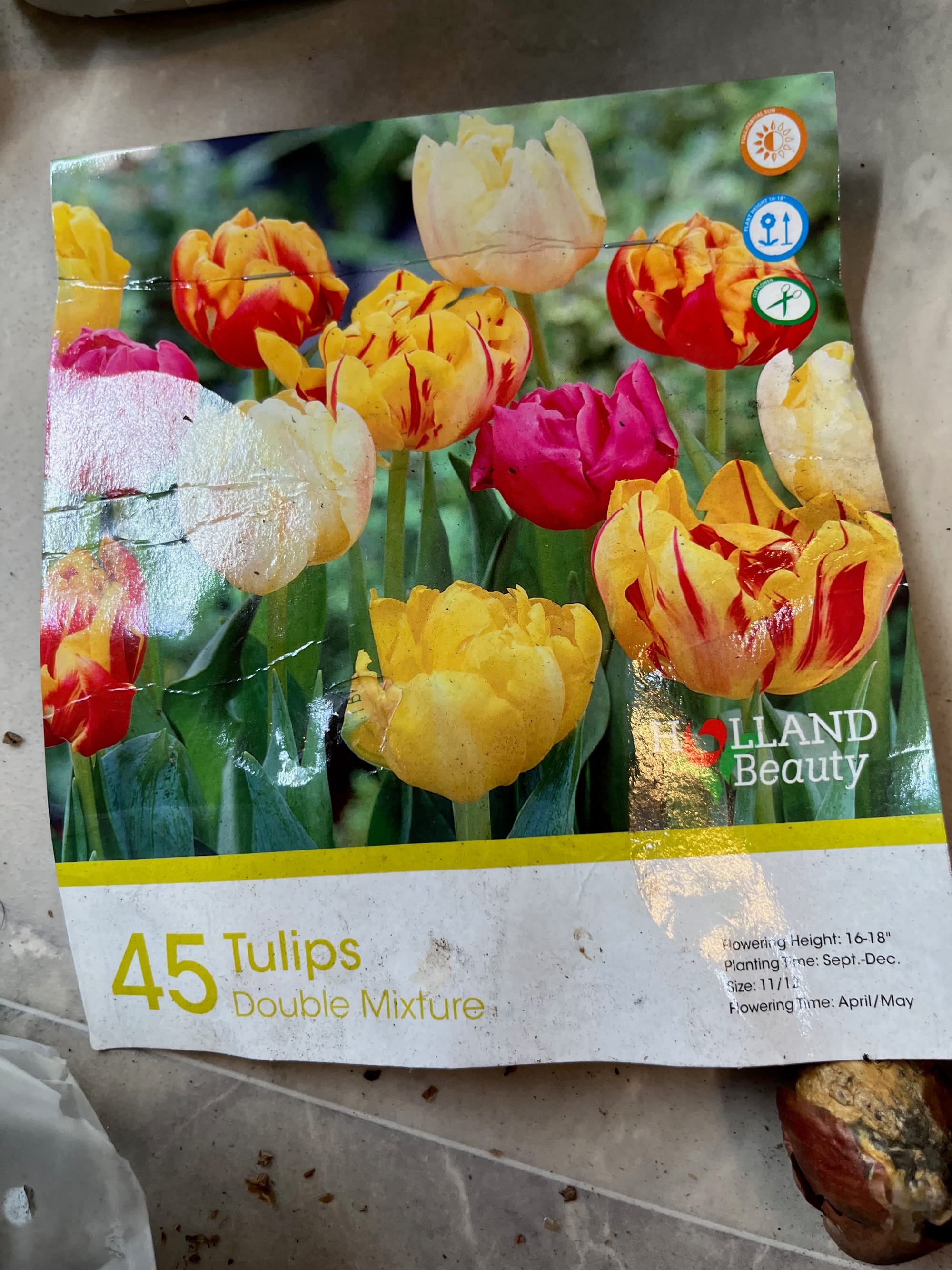
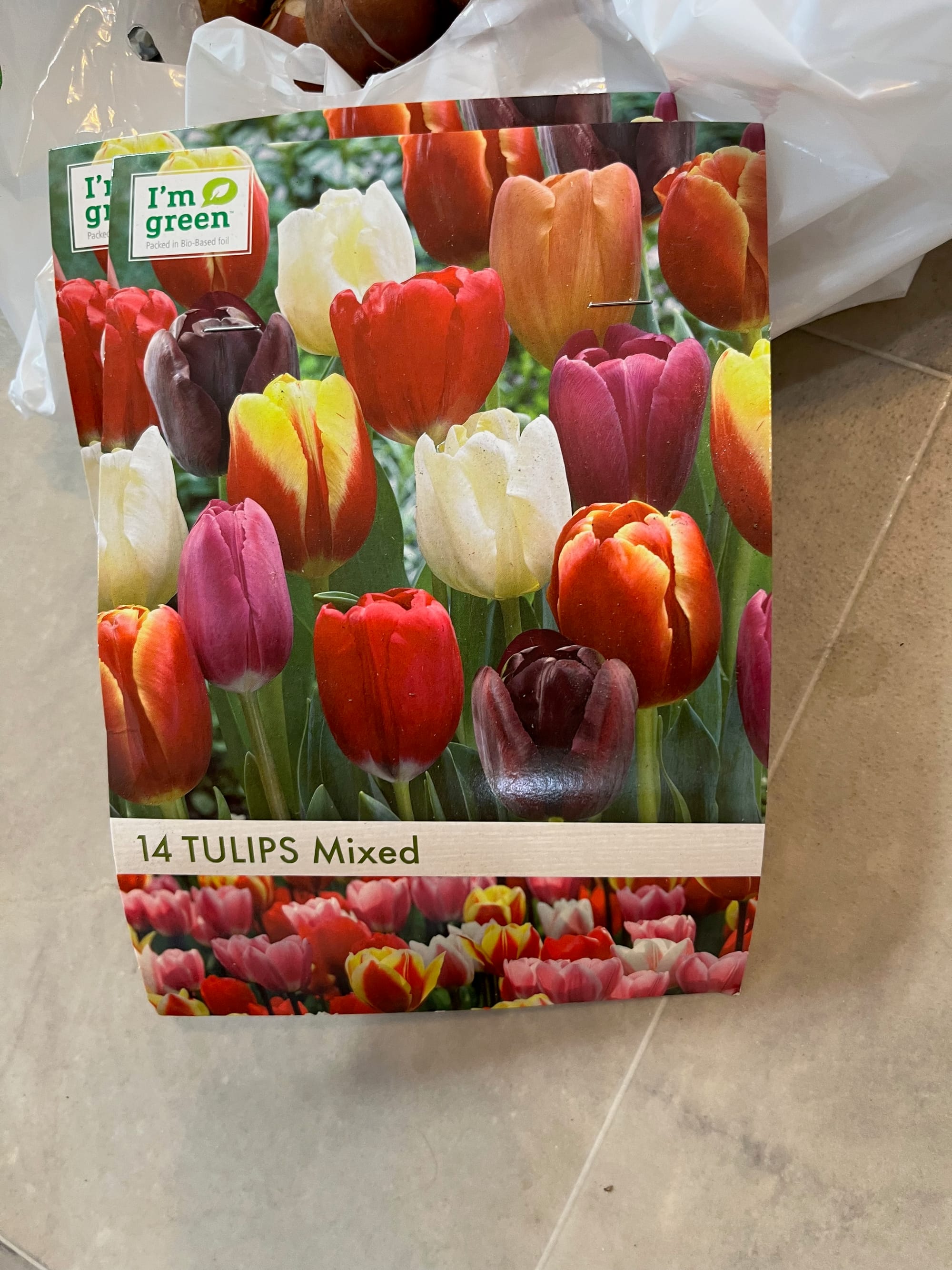
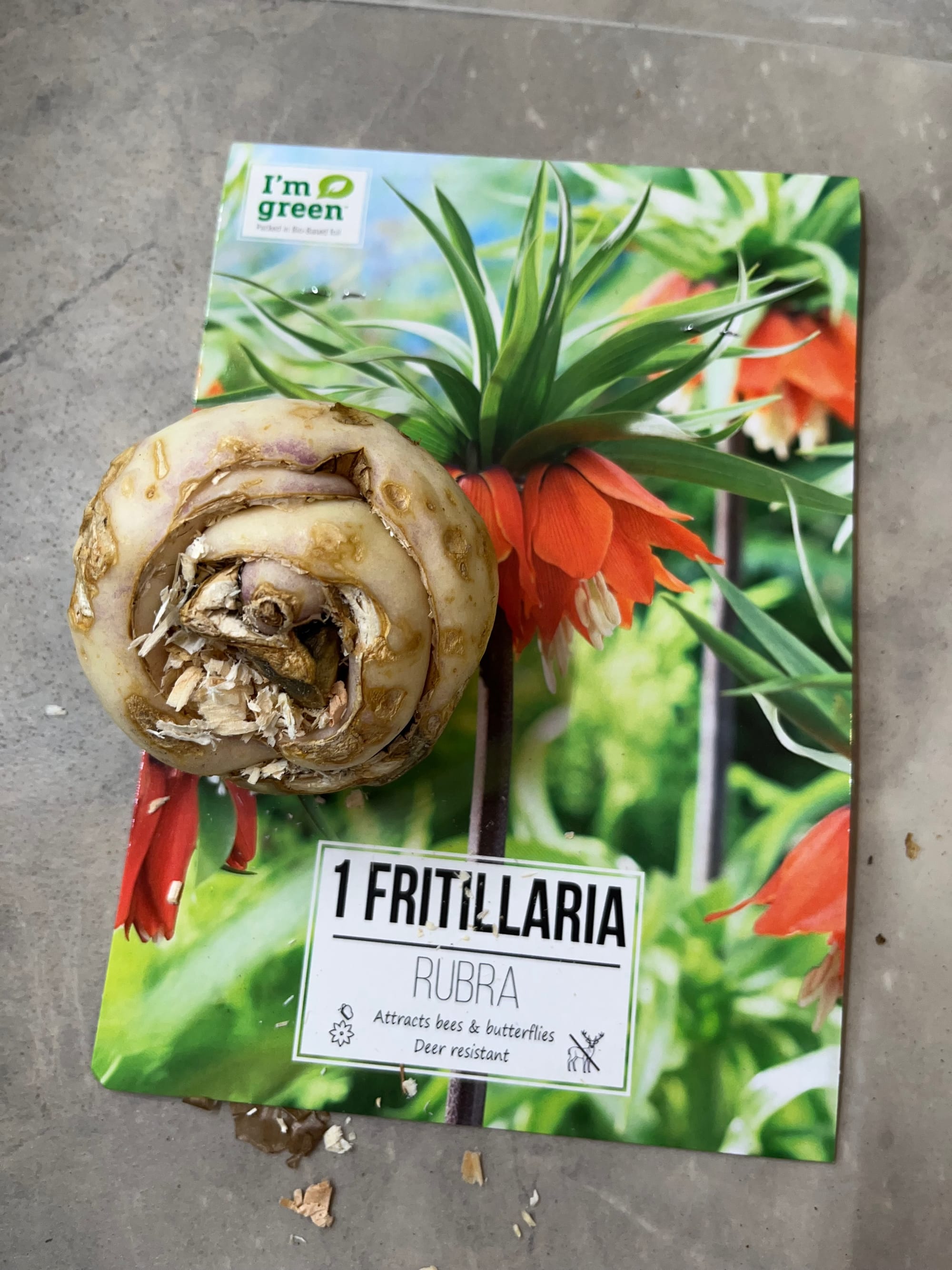
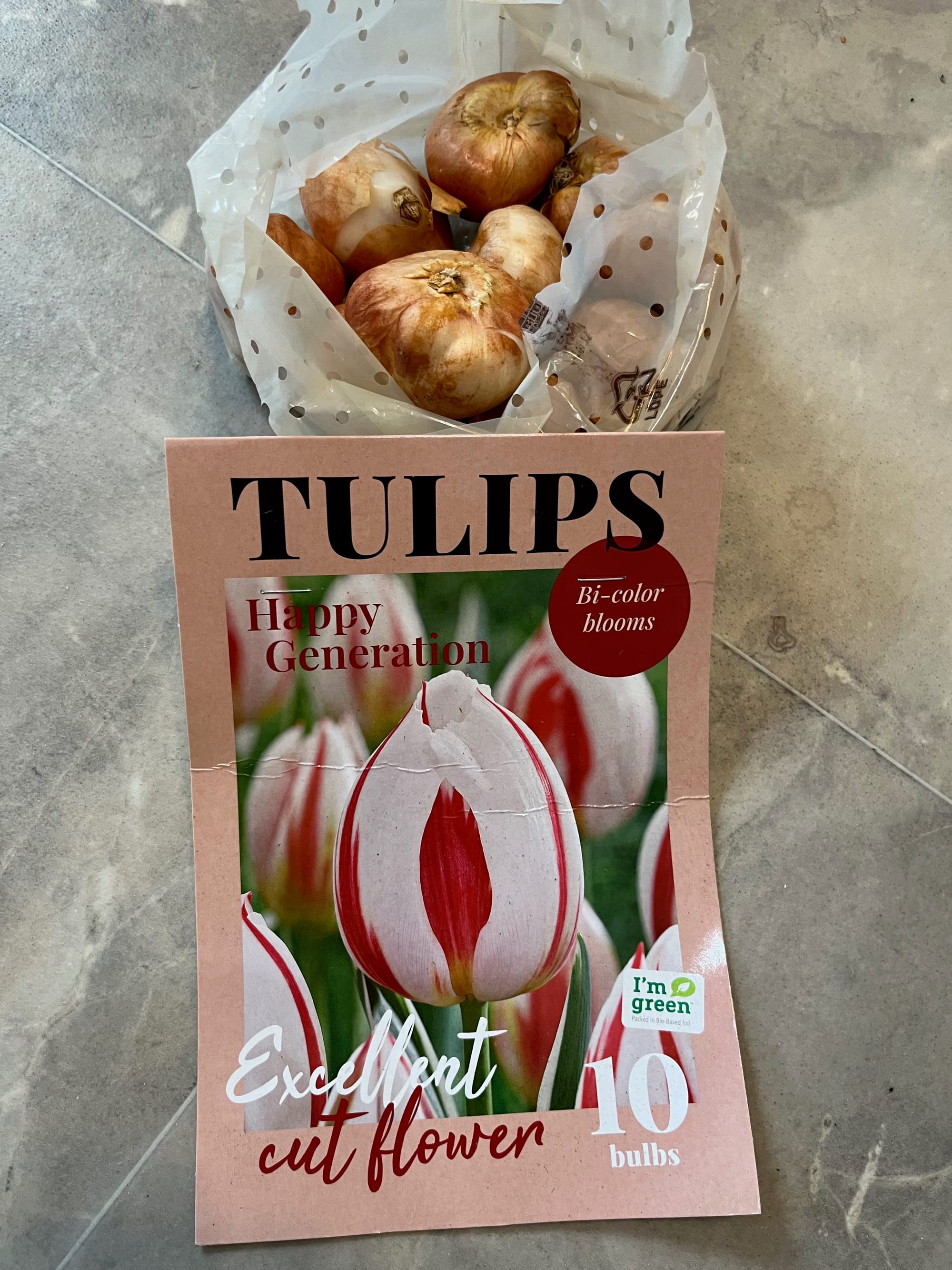
Extra Tips for Fall Bulb Buyers
- Check firmness: Bulbs should feel solid and heavy for their size.
- Plant at the right depth: Tulips and daffodils need about 6 to 8 inches of soil over them. Crocus and smaller bulbs need around 3 inches.
- Don’t delay planting: The longer bulbs sit unplanted, the more likely they are to dry out or rot.
- Avoid fertilizer burn: Mix bulb food or bone meal into the soil, not directly on top of the bulbs.
- Label planting areas: Early-blooming sections can look bare in spring, so mark them to avoid disturbing the bulbs later.
Final Thoughts
Buying bulbs locally isn’t just about saving money. It’s a practical way to get healthy bulbs, avoid shipping damage, and fill your garden with dependable spring color. For hybridizers like me, it also bridges the gap between winter and the main growing season. By the time my summer plants start blooming, the bulbs will have already done their job of delivering months of color to the garden. And many of the bulbs I purchased were not in any way a compromise. I got unique, fresh, hardy and affordable varieties.
© Copyright Terry Aley
The Aley Acres seed shop on Etsy.
Dahlias, Notes from a Gardener book on Amazon.
Floral Art and Landscape Painting Etsy shop.
TikTok, some gardening posts.
